


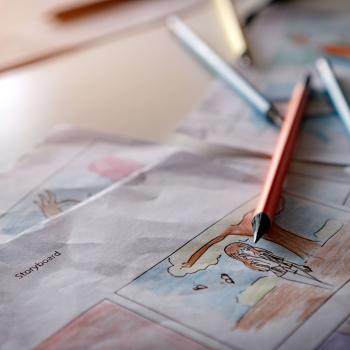



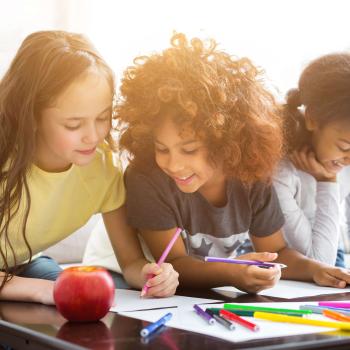
This step-by-step literature response template for use with read-alouds asks students to use drawing and writing to respond to increasingly-complex prompts which address literary elements as well as personal connections.

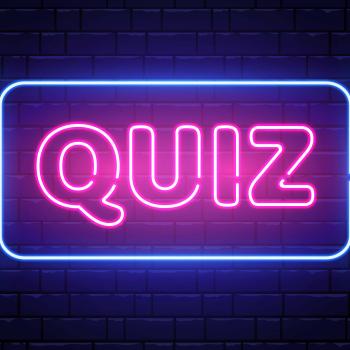
This recurring lesson encourages students to comprehend their reading through inquiry and collaboration. They choose important quotations from the text and work in groups to formulate "quiz" questions that their peers will answer.

What do the words we write really have to say about us? In this lesson, students examine the power of word choice as they write six-word memoirs of their lives.

In this activity, you can discuss with teens how they can tell the "good" characters from the "bad" ones by watching for clues that the movie makers have left.

This activity will help teens create a professional resume that effectively presents their skills and talents to future employers.
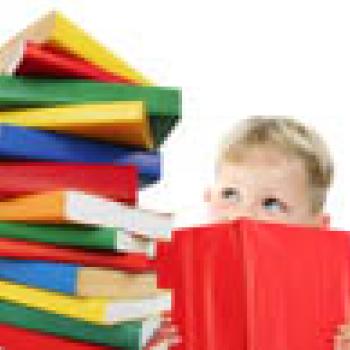
Help children pick books that spark their interest, leave them feeling accomplished, and ready to hunt for their next book!
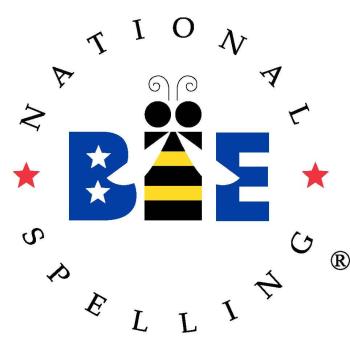
Students discuss why certain contests get more publicity than others and what counts as "knowledge."

Invite children and teens to create a travel brochure to share information about a special place with others.

As a child growing up in Holland, Leo Lionni taught himself how to draw and later became an author and illustrator of children's books. Leo Lionni is the winner of four Caldecott awards.
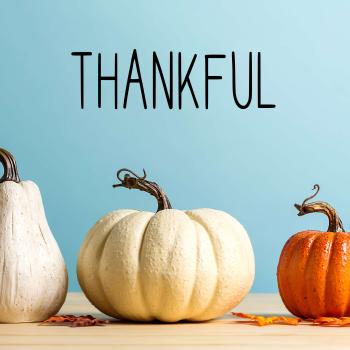
On this day, instead of teaching about a single day of Thanksgiving, use this as an opportunity to the concept of giving thanks.

Families are invited to a June literacy fair to end the school year and get students on the right track for the summer.
